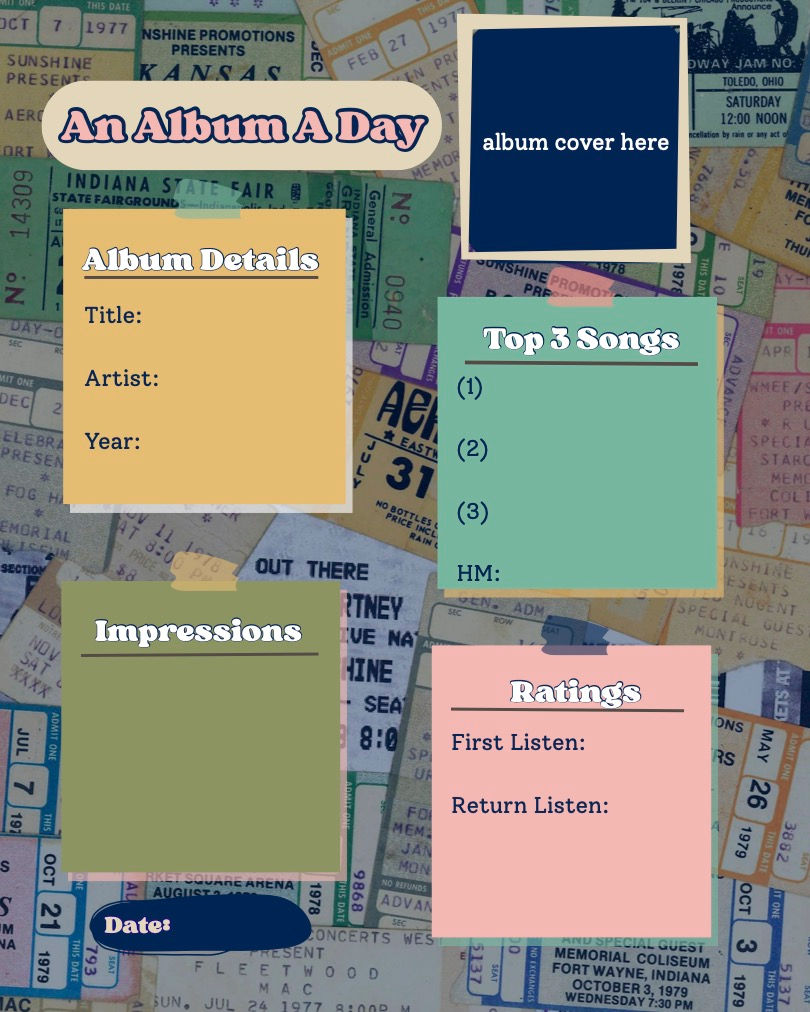Who Gets to Belong? Case Studies
- kclawson9
- Jan 31
- 2 min read
Updated: Jan 31
In this episode, we look at four different case studies: "Jolene" - Sounding "Country", Mickey Guyton, Florence Price, and Mari Esabel Valverde. Each comes with a suggested lesson plan from K&K - feel free to try these out in your own classrooms!
LESSON PLANS
For more information about music theory and disability studies, see:
Apolloni, Alexandra. “Starstruck: On Gaga, Voice, and Disability.” In Lady Gaga and Popular Music: Performing Gender, Fashion, and Culture, ed. Martin Iddon and Melanie Marshall. Taylor & Francis Group, 2014.
Bayton, Douglas C. Forbidden Signs: American Culture and the Campaign Against Sign
Language. University of Chicago Press, 1996.
Davis, Lennard J. “Introduction: Normality, Power, and Culture.” In The Disability Studies
Reader. Taylor & Francis Group, 2013.
Holmes, Jessica and Nina Sun Eidsheim. “’A Song for You’: The Role of Voice in the
Reification and De-Naturalization of Able-Bodiedness.” Journal of Interdisciplinary
Voice Studies 4, no. 2 (2019): 131-138.
Honisch, Stefan S. “’Re-narrating Disability’ through Musical Performance.” MTO 15, no. 3
and 4 (August 2009). Link.
Howe, Blake, Stephanie Jensen-Moulton, Neil Lerner, and Joseph Straus.The Oxford
Handbook of Music and Disability Studies. Oxford University Press, 2016.
Kochavi, Jon. “How Do You Hear That? Autism, Blindness, and Teaching Music Theory.”
MTO 15, no. 3 and 4 (August 2009). Link.
Maler, Annabel. Seeing Voices: Analyzing Sign Language Music. Oxford University Press,
2024.
Morris, Rebecca. “Universal Design and Adaptive Equipment: Ideas and Solutions for
Music Schools.” MTO 15, no. 3 and 4 (August 2009). Link.
Pacun, David. “Reflections on and Some Recommendations for Visually Impaired
Students.” MTO 15, no. 3 and 4 (August 2009). Link.
Parsons, Laurel. “Dyslexia and Post-Secondary Aural Skills Instruction.” MTO 21, no. 4
(December 2015). Link.
Saslaw, Janna. “’Teaching Blind’: Methods for Teaching Music theory to Visually Impaired
Students.” MTO 15, no. 3 and 4 (August 2009). Link.
Straus, Joseph. Extraordinary Measures: Disability in Music. Oxford University Press, 2011.
Straus, Joseph. Broken Beauty: Musical Modernism and the Representation of Disability.
Oxford University Press, 2018.
Straus, Joseph. “Music Theory’s Therapeutic Imperative and the Tyranny of the Normal.”
Music Theory Spectrum 43, no. 2 (Fall 2021): 339-348.
Episode song credits:
Intro/outro music: Florence Price, "Summer Moon," (1938), performed by Lara Downes, pianist.
First brain break: Mickey Guyton, "Black Like Me." (2020) Case study excerpts: Dolly Parton, "Jolene." (1973)
Lil Nas X, "Jolene." (2021)
Miley Cyrus, "Jolene." (2012)
Beyoncé, "Jolene." (2024)
Second brain break: Florence Price, "Clouds," (1940), performed by Lara Downes, pianist.
Case study excerpts:
Florence Price, "Sympathy," performed by Joshua Stewart, tenor, and Deirdre Brenner, pianist. Oxford Lieder Festival, 2021.
Mari Esabel Valverde, "Border Lines." ---
Border Lines
Text by Yesenia Montilla
Music by Mari Esabel Valverde
"Maps: for Marcelo" Copyright © 2017 by Yesenia Montilla. Originally Published in Poem-A-Day on 28 March, 2017 by the Academy of American Poets. Used with Permission of the Author. Music Copyright © November 2017 by Mari Esabel Valverde (ASCAP). All Rights Reserved. Performance by Adams State University Chamber Choir and Marc Eaton, Guitar.



Comments